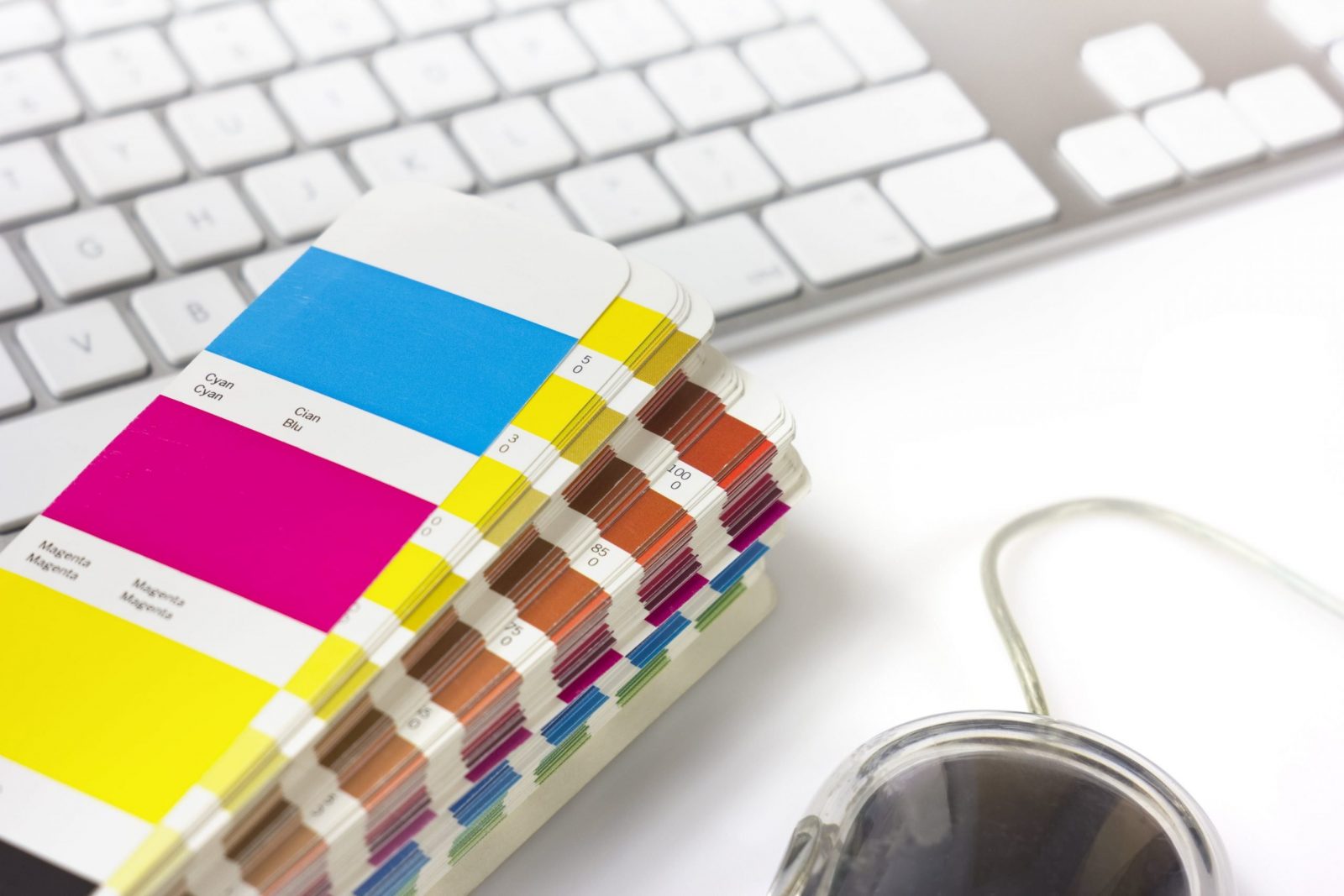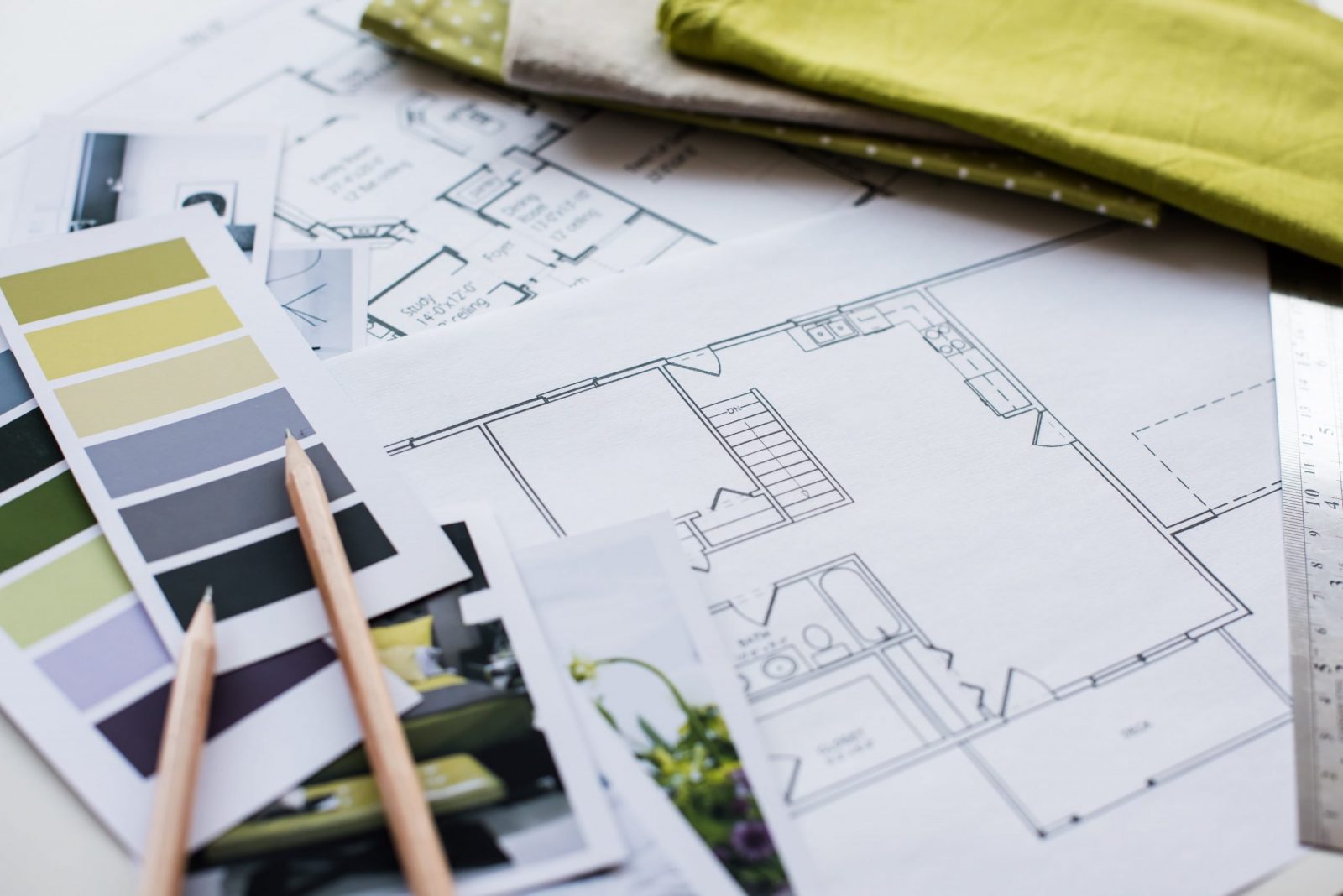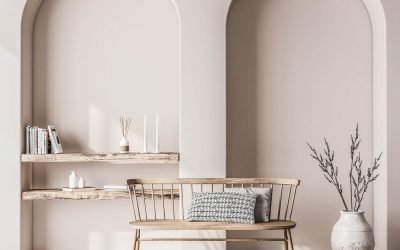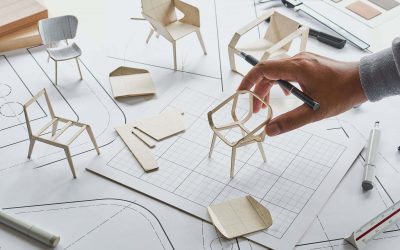There are opportunities available to graphic designers in many industries. The typical graphic design career path begins as a junior at a creative agency or an in-house design team at a big company. From there you might seek to progress through to midweight designer, followed by senior designer & beyond.
A career in architecture & construction is a fantastic option for graphic designers. I believe that graphic design has a valuable role in all phases of architectural & property development projects. Good design helps architects pitch their concepts better, helps developers market their projects smarter, & helps real estate teams sell their properties faster.
This article was originally published on https://www.aaloftsdesign.com. If this article appears on any other site other than https://www.aaloftsdesign.com without clear referencing it is a violation of the copyright owned by https://www.aaloftsdesign.com.
This article may contain affiliate links. That means if you click & buy a product, I may receive a small commission at no extra cost to you. AALofts Design is a participant in the Awin Affiliates program, an affiliate advertising program designed to provide a mean for sites to earn advertising fees by advertising & linking to participating merchants. For more information, please view my Privacy Policy & Terms & Conditions Pages.

What Do Architects & Graphic Designers Do?
Architects plan how buildings will function, but they also meet frequently with clients to make sure their designs match the project’s vision. They are also knowledgeable about the cost of materials so that they can give accurate estimates to employers. When they make building plans, they usually create scaled models or drafts so that their clients can envision what the final product will look like & workers know how to proceed.
Graphic designers work from studios or offices, either for in house or freelance. Specializing in creating eye-catching two-dimensional work, graphic designers produce branding & illustrations for their clients. They often work on projects for brochures, advertising, websites & surfaces for 3-dimensional products such as signage. A graphic designers scope of work might extend from photo-editing to building cladding artwork. Graphic designers usually work hours that are similar to architects.

What Does Architecture & Graphic Design Have in Common?
It may start to become more apparent now that different design disciplines bleed into one another. An architect is not limited to designing buildings; they transfer spatial planning aspects into a UX project (for example). Graphic designers might create a surface illustration for 3d products.
It’s not uncommon for designers to start in one field to progress to others several times throughout their career. One of the many factors that both disciplines have in common is organizing information for optimum aesthetics & functionality. That is to say, both architects & graphic designers will produce visuals to sell an idea.

What Do Graphic Designers Working in Construction Do?
A building is a brand. Although branding & architecture are different disciplines, you apply the same kind of thinking & strategy. Having the in-house capacity to offer integrated design solutions can take an architectural practice in promising new directions. Graphic designers working in construction will often be responsible for producing large-scale design reports & bid documents, along with digital & printed presentation & exhibition materials.
When I worked in architecture, I was responsible for internal & external digital communications such as creative writing for awards submissions, concept stories, brochures etc. Graphic designers will often provide professional graphic design support across the design team & participate in the full lifecycle of projects, from design brief to production. You have to think creatively & develop new design concepts, graphics & layouts & work as part of an integrated team of designers, executives, & copywriters.
As a graphic designer working in construction, you have to strategically ensure cohesive messaging & visual identity across graphic or document templates & resource libraries. You may also have to brief & liaise with printers & manufacturers, schedule project implementation & define budget implications.
When coming up with a brand identity for a building, there is cross-pollination between graphic design & architecture. Throughout a project, the colour palettes tend to be used cohesively in building materials, finishes, fabrics, & graphics. This palette is shared digitally to integrate the brand’s visual identity into the project throughout its stages.
For projects with modest budgets, employing colour & graphics is an effective way to deliver low-cost, high-impact design, & can be especially useful in fit-outs. Small graphic design influences can make a huge difference: using wall-space for murals, signage, & graphics can generate an identity where previously there was none.
Wrapping it All Up.
If you’re interested in further reading, please see the links to my trusted resources page & related articles below. To find out more about AALofts Design, please click here. If you found this content helpful, want to collaborate on a project, or would like to request an article topic, please click here to get in touch via the contact form. Feel free to share & connect on social media, if you found this content helpful.



